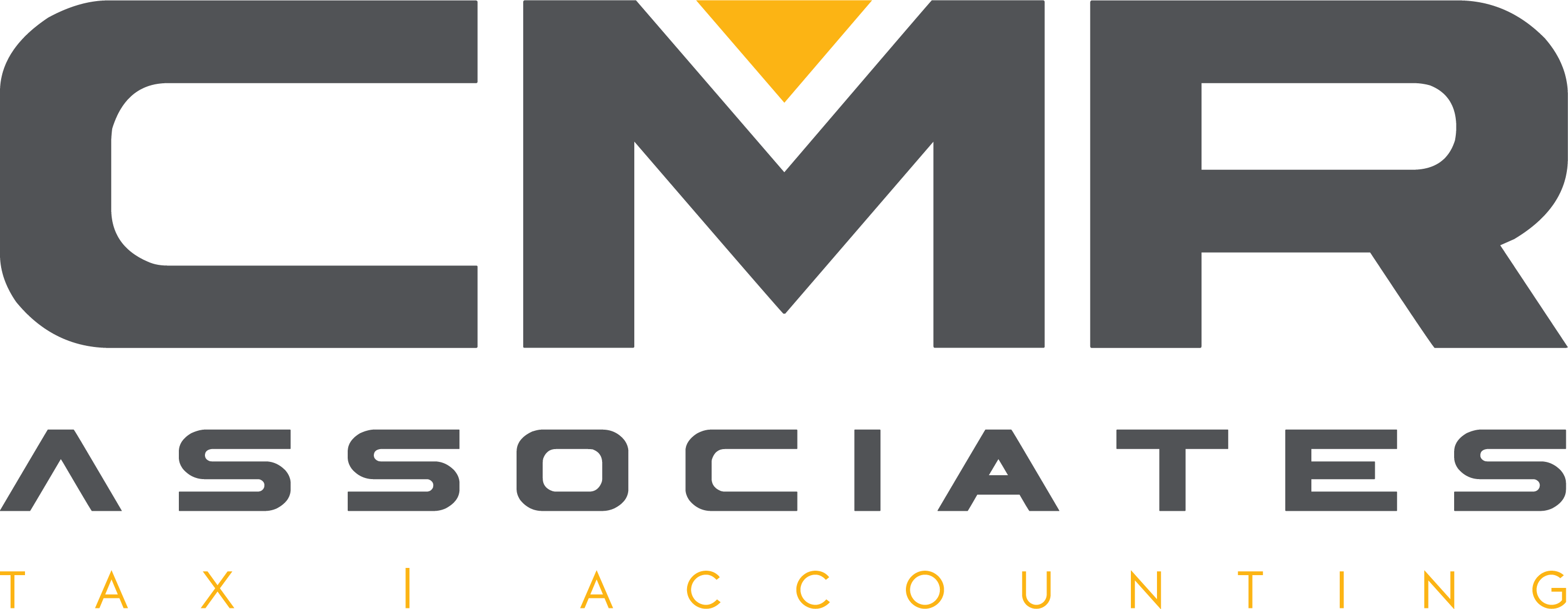
2 ways spouse-owned businesses can reduce their self-employment tax bill
If you own a profitable, unincorporated business with your spouse, you probably find the high self-employment (SE) tax bills burdensome. An unincorporated business in which both spouses are active is typically treated by the IRS as a partnership owned 50/50 by the spouses. (For simplicity, when we refer to “partnerships,” we’ll include in our definition limited liability companies that are treated as partnerships for federal tax purposes.)
For 2017, that means you’ll each pay the maximum 15.3% SE tax rate on the first $127,200 of your respective shares of net SE income from the business. Those bills can mount up if your business is profitable. To illustrate: Suppose your business generates $250,000 of net SE income in 2017. Each of you will owe $19,125 ($125,000 × 15.3%), for a combined total of $38,250.
Fortunately, there are ways spouse-owned businesses can lower their combined SE tax hit. Here are two.
1. Establish that you don’t have a spouse-owned partnership
While the IRS creates the impression that involvement by both spouses in an unincorporated business automatically creates a partnership for federal tax purposes, in many cases, it will have a tough time making the argument — especially when:
- The spouses have no discernible partnership agreement, and
- The business hasn’t been represented as a partnership to third parties, such as banks and customers.
If you can establish that your business is a sole proprietorship (or a single-member LLC treated as a sole proprietorship for tax purposes), only the spouse who is considered the proprietor owes SE tax.
Let’s assume the same facts as in the previous example, except that your business is a sole proprietorship operated by one spouse. Now you have to calculate SE tax for only that spouse. For 2017, the SE tax bill is $23,023 [($127,200 × 15.3%) + ($122,800 × 2.9%)]. That’s much less than the combined SE tax bill from the first example ($38,250).
2. Establish that you don’t have a 50/50 spouse-owned partnership
Even if you do have a spouse-owned partnership, it’s not a given that it’s a 50/50 one. Your business might more properly be characterized as owned, say, 80% by one spouse and 20% by the other spouse, because one spouse does much more work than the other.
Let’s assume the same facts as in the first example, except that your business is an 80/20 spouse-owned partnership. In this scenario, the 80% spouse has net SE income of $200,000, and the 20% spouse has net SE income of $50,000. For 2017, the SE tax bill for the 80% spouse is $21,573 [($127,200 × 15.3%) + ($72,800 × 2.9%)], and the SE tax bill for the 20% spouse is $7,650 ($50,000 × 15.3%). The combined total SE tax bill is only $29,223 ($21,573 + $7,650).
More-complicated strategies are also available. Contact us to learn more about how you can reduce your spouse-owned business’s SE taxes.
Tax Accounting, Tax Preparation, and Business Consulting for Metairie, Louisiana
Industry Specific Accounting
Metairie CPA Services
Metairie CPA News
Tax Accounting, Tax Preparation, and Business Consulting for Mandeville, Louisiana
Industry Specific Accounting
Mandeville CPA Services
Mandeville CPA News
Tax Accounting, Tax Preparation, and Business Consulting for Baton Rouge, Louisiana
Industry Specific Accounting
Baton Rouge CPA Services
Baton Rouge CPA News
Tax Accounting, Tax Preparation, and Business Consulting for Covington, Louisiana
Industry Specific Accounting
Covington CPA Services
Covington CPA News
Mandeville Notary Public Services
Madisonville Notary Public Services
Covington Notary Public Services





